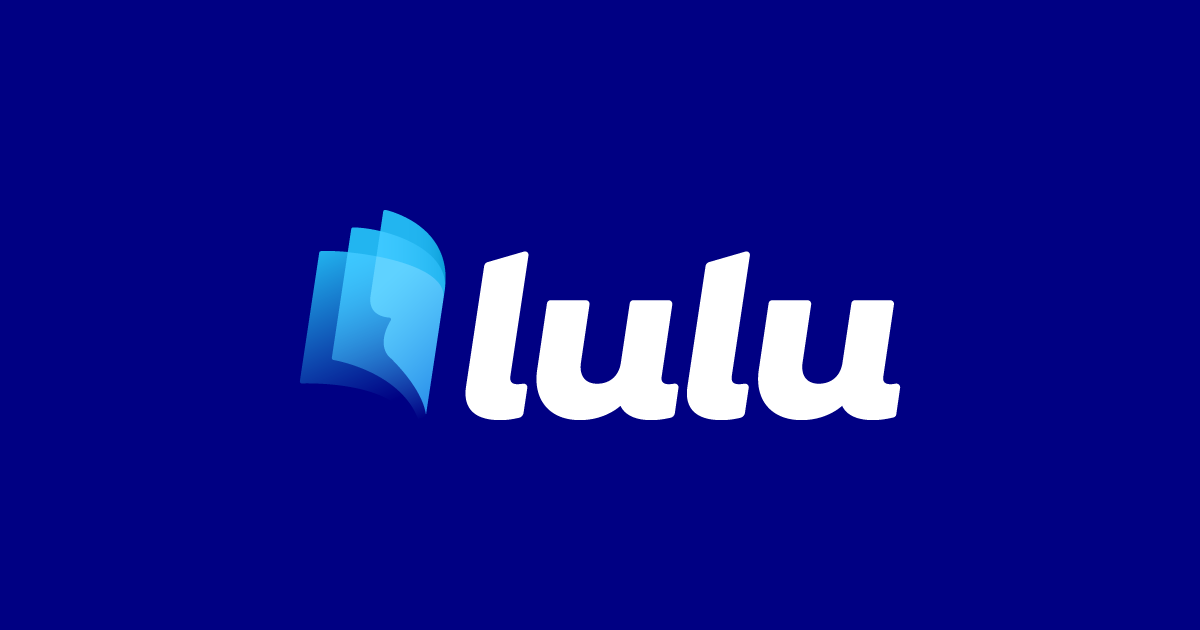The Goal - Become Oversubscribed

ONLY OVERSUBSCRIBED BUSINESSES MAKE A PROFIT
~Daniel Priestley
Let’s start with the goal, which is brilliantly summed-up in this one-sentence quote from Daniel Priestley. His book, Oversubscribed, was a turning point for me in my business, I’ve had him speak at my events, and have participated in his DENT Accelerator.
The only businesses that make a profit are businesses that are oversubscribed, meaning, businesses that have more demand than they have supply.
The music business is an interesting industry to look at to find examples (don’t worry, we’ll do movies and video as well!)
If you look at the numbers on Spotify, they claim that as of 2023 there are around 200,000 professional or professionally aspiring recording acts globally. That’s out of nine million people who have published at least one song, and 5.6 million who have published less than 10 songs.
“There are 213,000 artists who have released at least ten songs all-time (meaning they have a body of work to earn from) and average at least 10,000 monthly listeners (meaning they have been able to attract the beginning of an audience).”
So out of that group, here are the statistics:
- 232,000 have made $1k+
- 91,200 have made $5k+
- 57,000 have made $10k+
- 17,800 have made $50k+
- 10,100 have made $100k+
- 2,230 have made $500k+
- 1,060 have made $1m+
- 470 have made $2m+
- 130 have made $5m+
- 40 have made $10m+
The struggle I have with this data is that it represents money that artists have made all time on the platform, not per year.
Let’s assume you’ve been on the platform for 5 years (as long as they’ve been sharing this data). Only 2,230 have made $500k+ in that time, or ~1% of the professionals on the platform.
The reason for this imbalance - why it’s so hard to make money on streaming - is that there will always be infinitely more supply than there is demand.
Compare that to what Taylor Swift did in 2023. Her Eras tour revenue was somewhere between $1.1b and $4.4b, yes billion dollars. Her concert tour movie has made nearly $250m in theaters and is still climbing.
Why?
Supply and demand. There are only so many seats in each venue. Only so many tour dates. Only so many screenings of the concert movie. There is inherent demand that is greater than supply, which causes the cost of tickets to go up to an average resale price of $1,600, and her tour to be insanely profitable. There's also a limit to how long the tour will run, and how long the tour movie will be in theaters, causing another layer of scarcity: time.
What about the movie business? I struggle with this as well, because movies have become digital products with very little control - from where I sit as a producer - over the balance between supply and demand.
You have a limited theatrical run, but often the only sold out showings are opening weekend. After 1-2 days you have more supply (seats in a theater) than demand (ticket buyers). Once the movie leaves theaters and goes to streaming, you’re now in an ecosystem with infinite supply and limited demand.
The only time you have that balance in your favor is when multiple buyers want to buy your movie at a festival. There’s only one movie, and as long as you have multiple buyers interested, the supply/demand ratio is in your favor. But then you’re selling your movie and don’t get to participate in the upside. Not ideal.
When people ask me why it’s so hard to make it in artistic or creative industries, this is what I start going on about. Only oversubscribed businesses make a profit, and the companies that are at the financial top of these industries understand this principle, so they have taken all of the artist's ability to become oversubscribed so that they can reap all of the profits.
So, the goal here for all of us - both writing and reading this book - is to become oversubscribed.
How we do that is what I’ll cover in the following chapters, but this principle deserves its own chapter because of how important it is. You need to understand this and start to see the effects of this principle in every area of your business, from your marketing, your sales, your distribution, and even the products and services you choose to offer to your market.
TAKE ACTION
Look at your business and see if you are oversubscribed or not. Some signs that you are oversubscribed:
- You sell out of your products or tickets
- You have more demand then you have capacity to serve
- You have more money at the end of each month than you started with
- You have money to invest in growth, your team, new equipment, acquiring companies
- You have more leads coming into your business each month than you can service
- People are lining up to do business with you

Sponsored By Lulu.com
The team at Lulu has been an incredible partner since I released my last book, Craftsman Creative - How Five-Figure Creators Can Build Six-Figure Businesses.
We've partnered on this next book, Blockbuster, to share the ins and outs, the behind the scenes of writing and publishing a book in public.
To learn more about how Lulu can help you get your book out into the world, visit lulu.com by clicking the button below:
NEXT CHAPTER

PREVIOUS CHAPTER



Member discussion